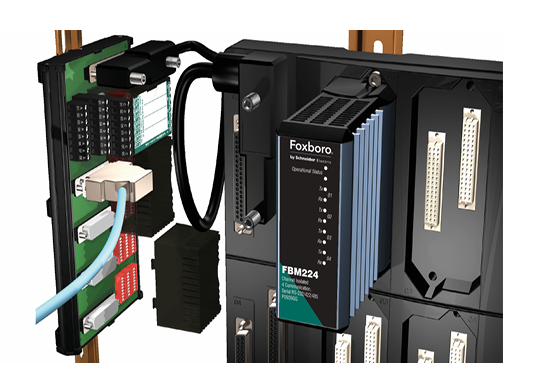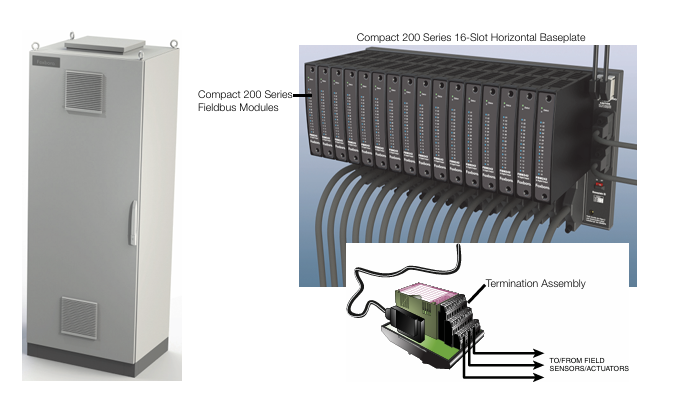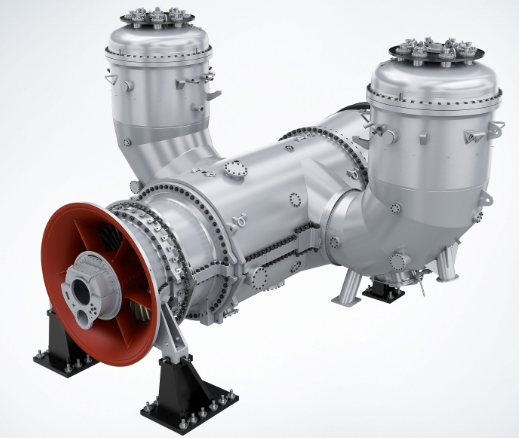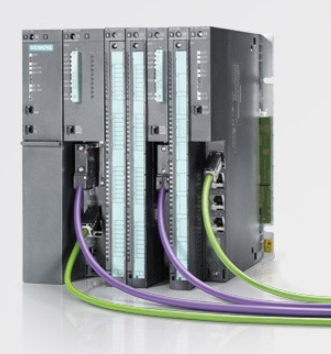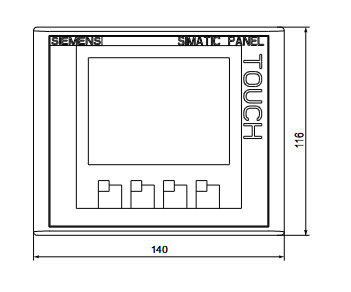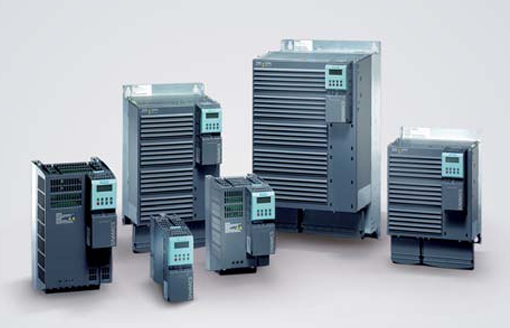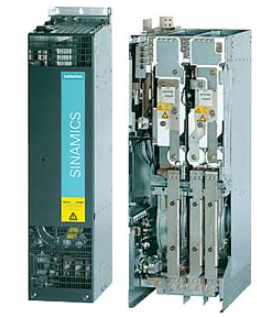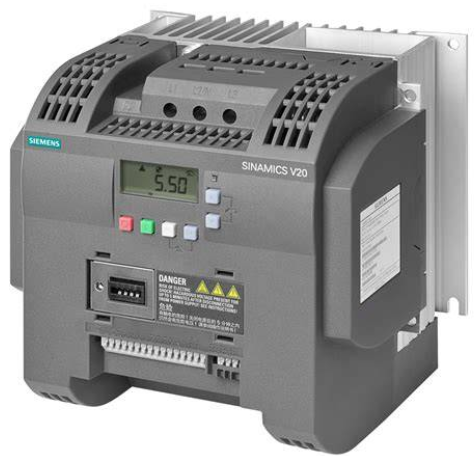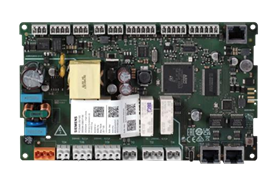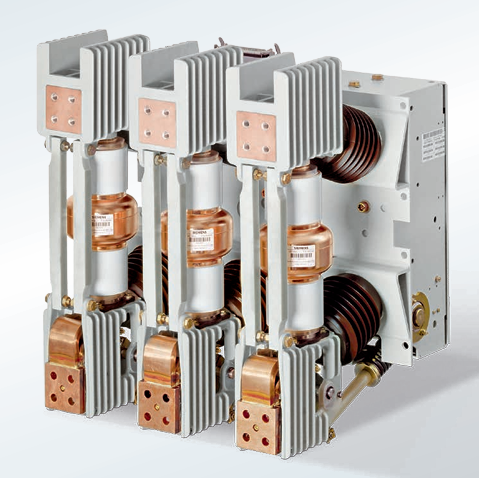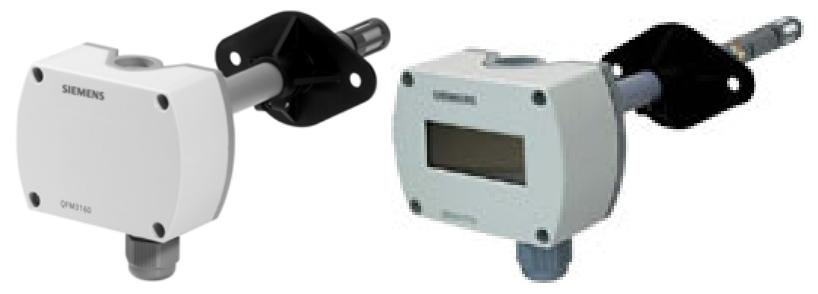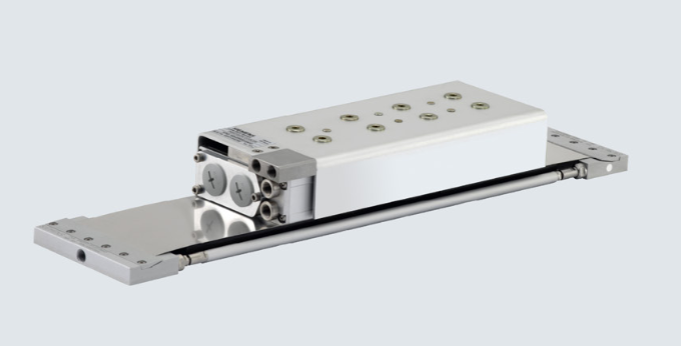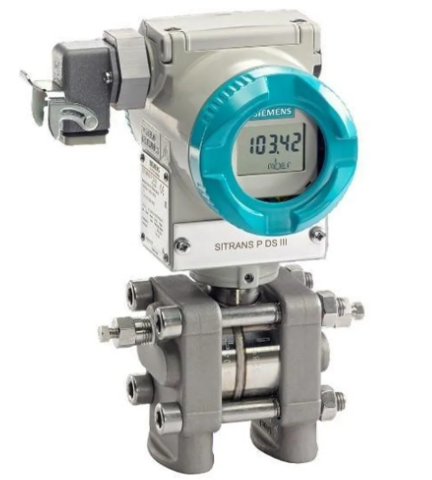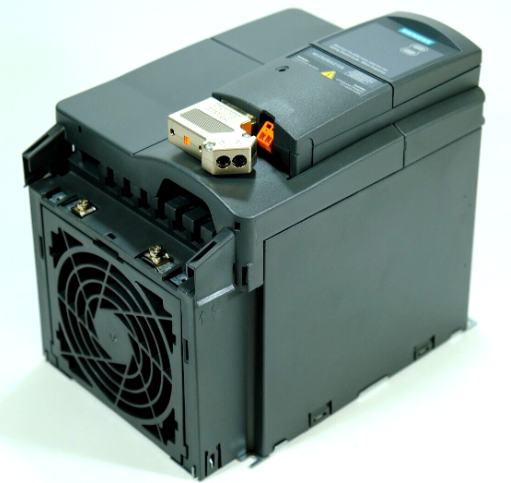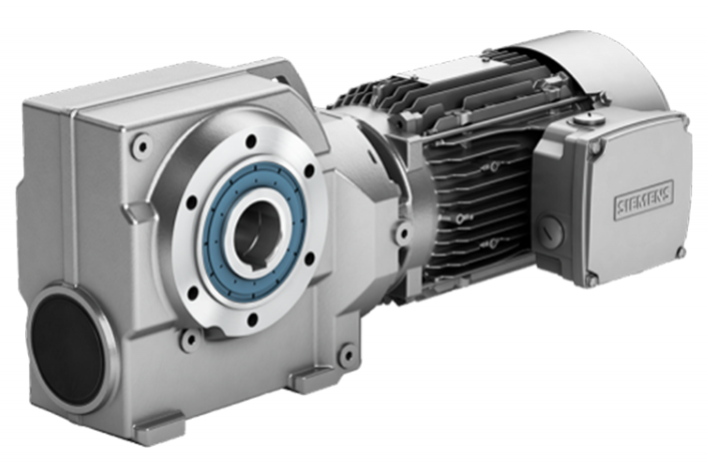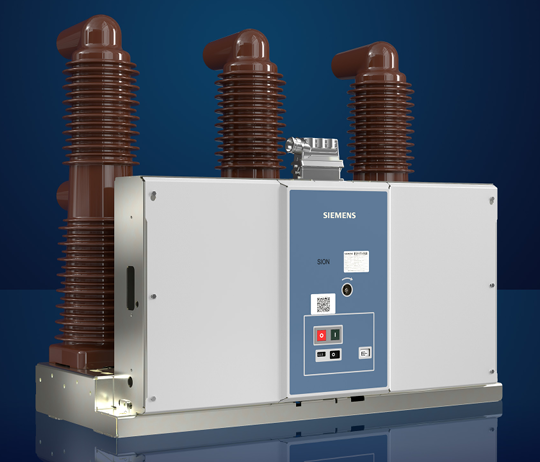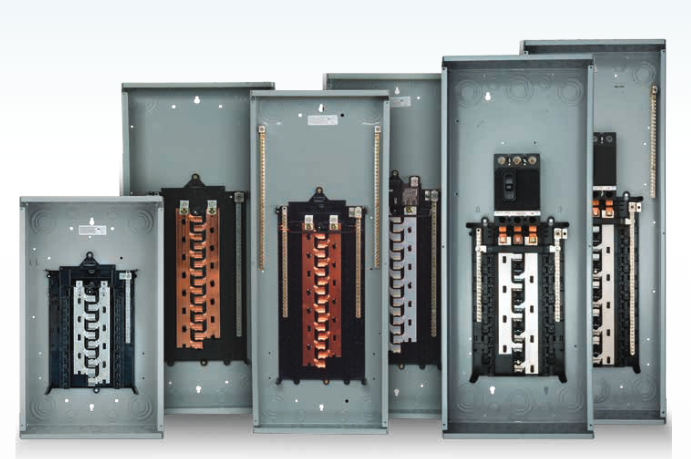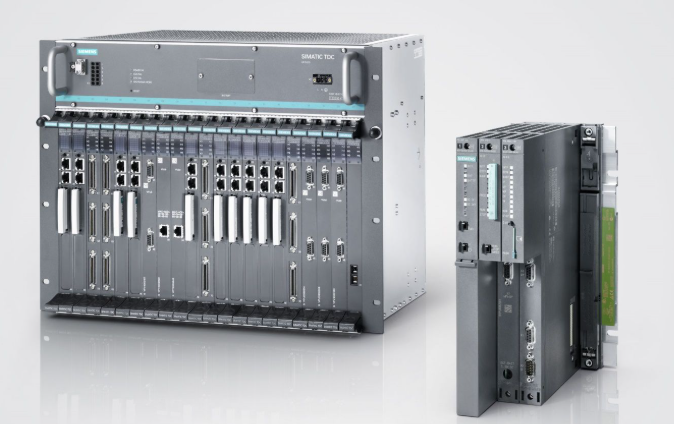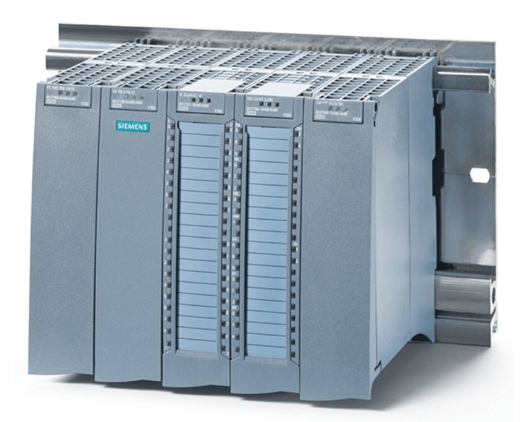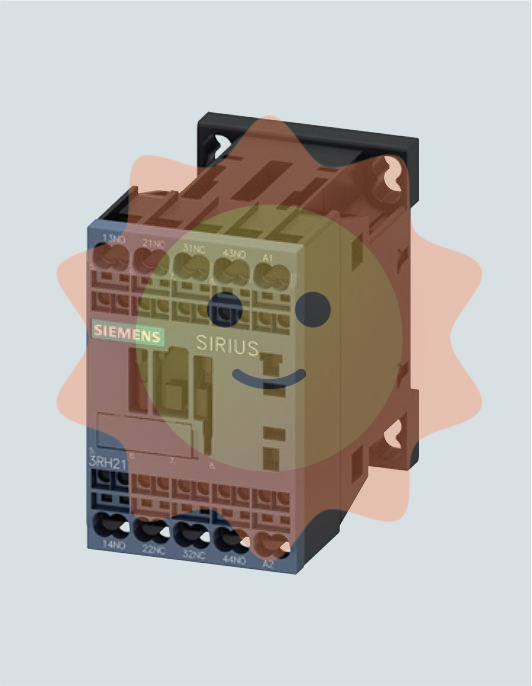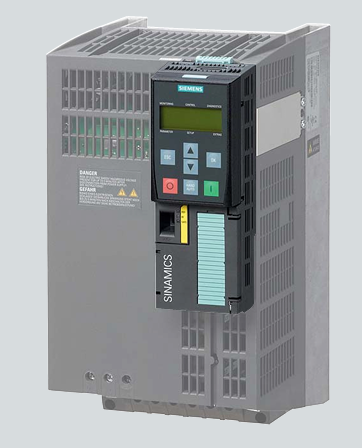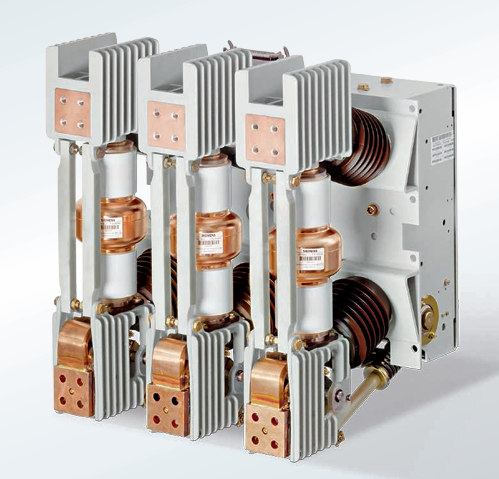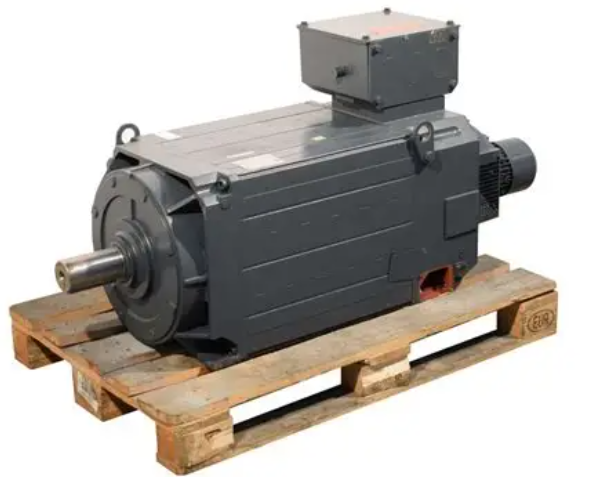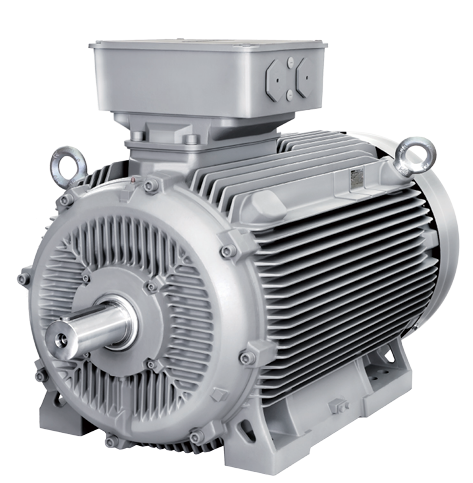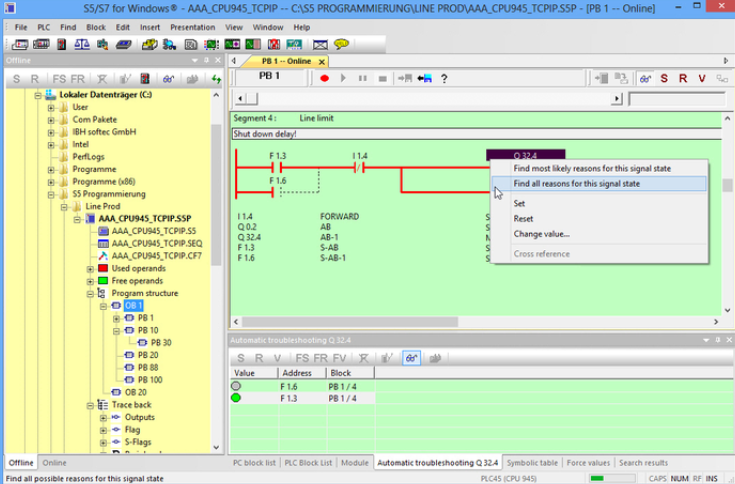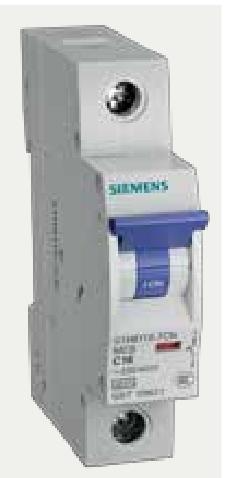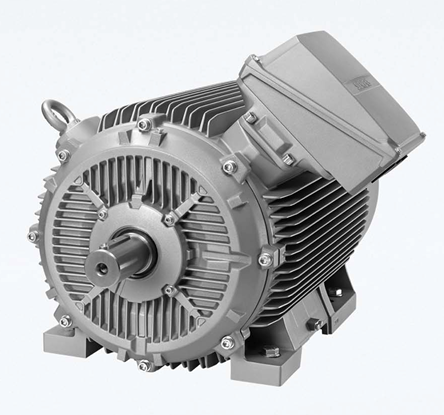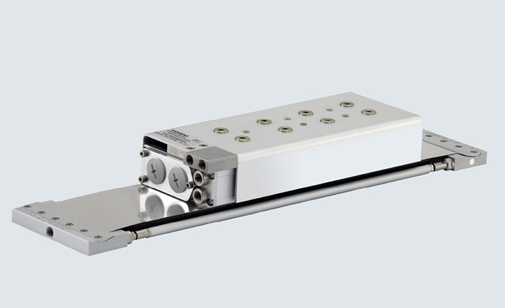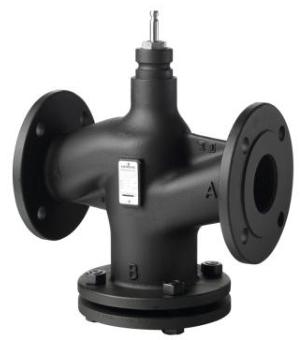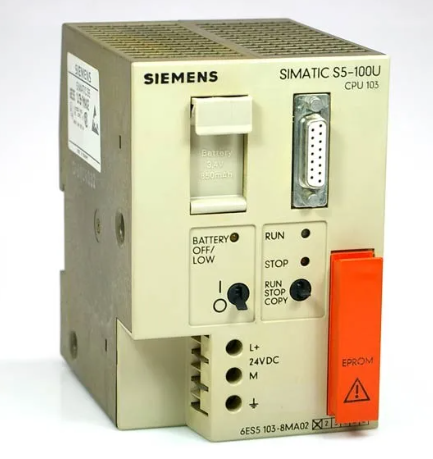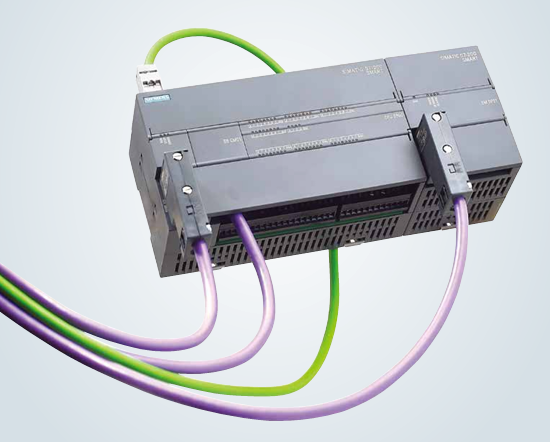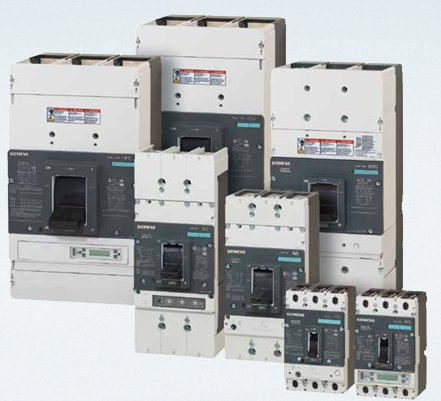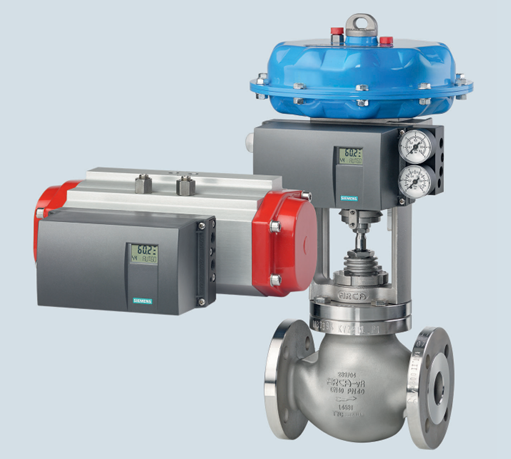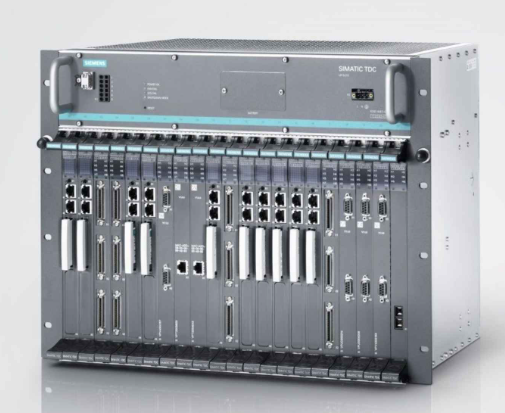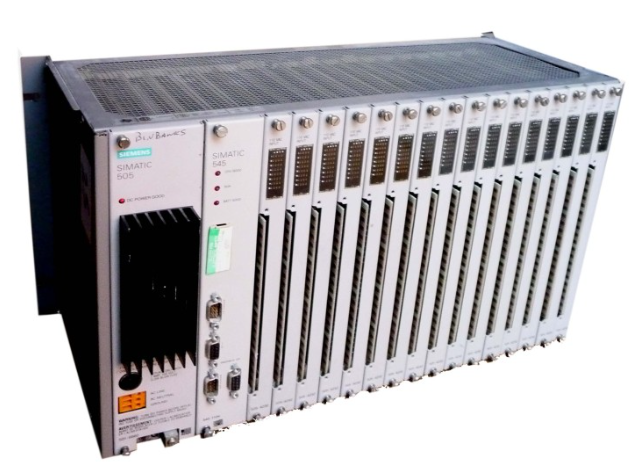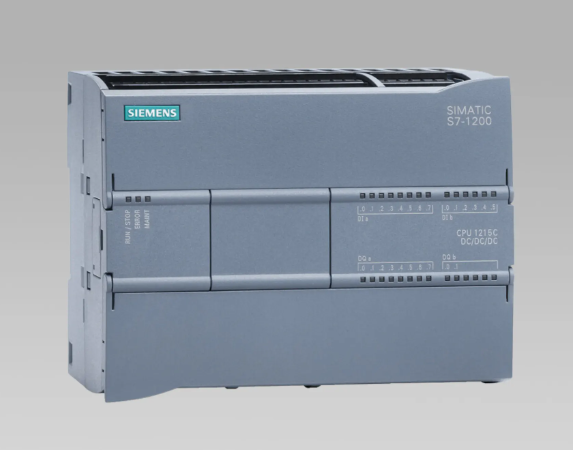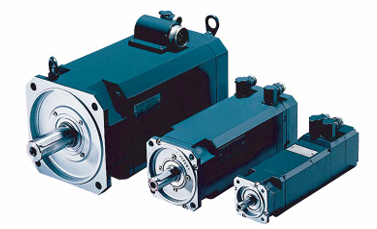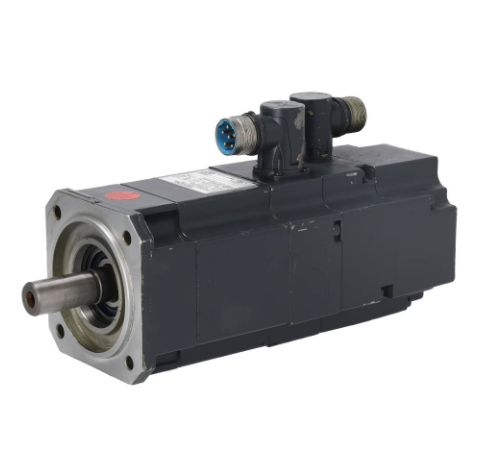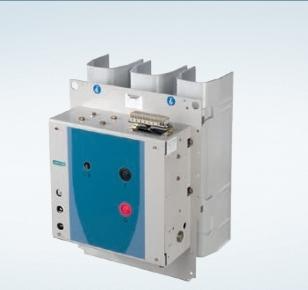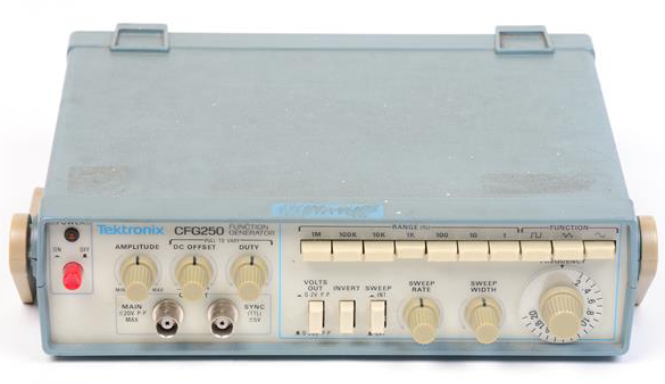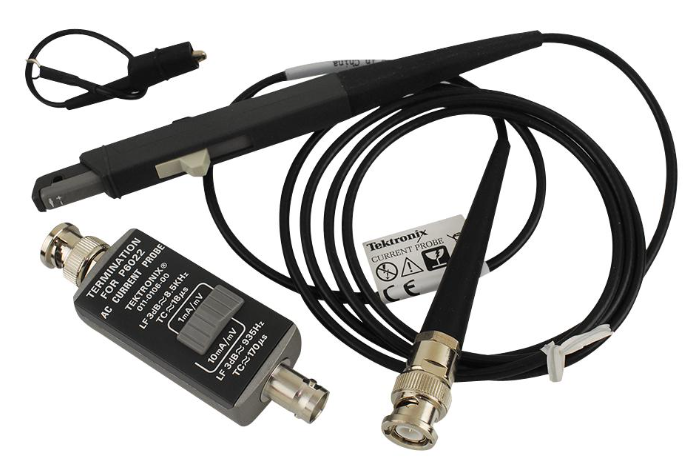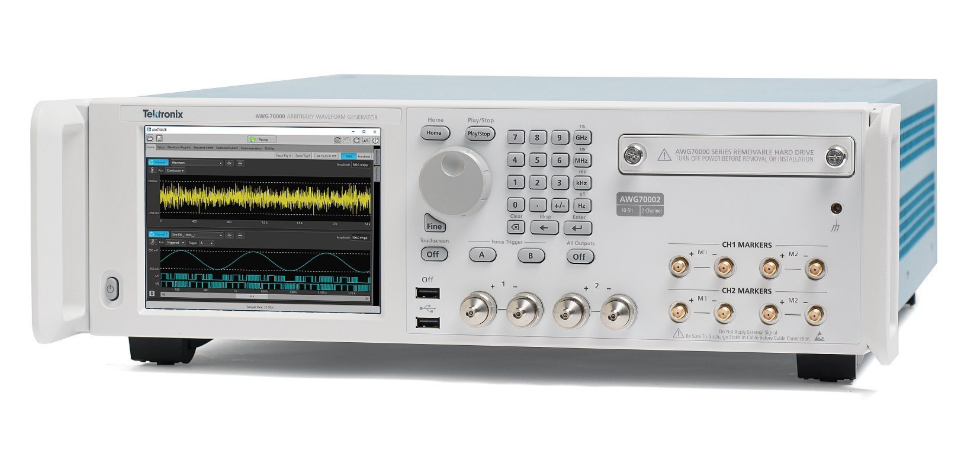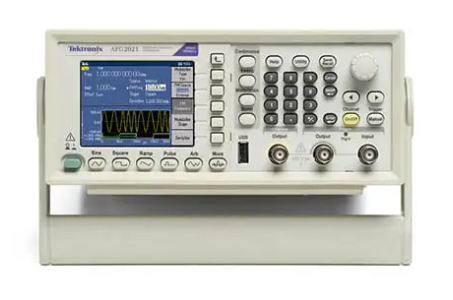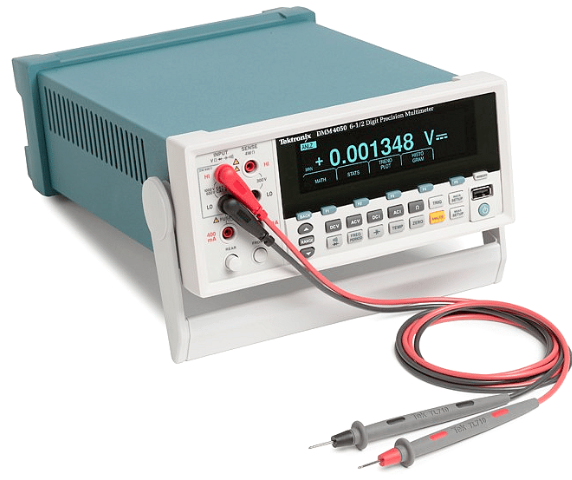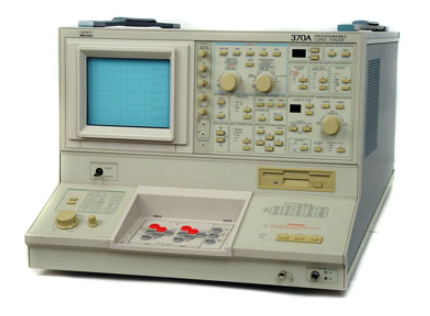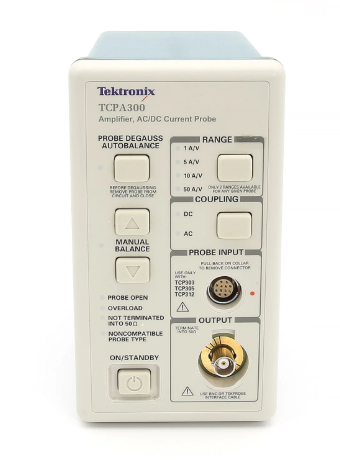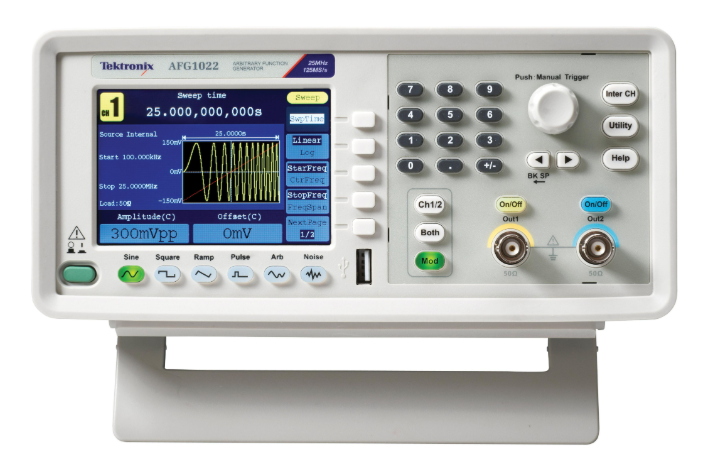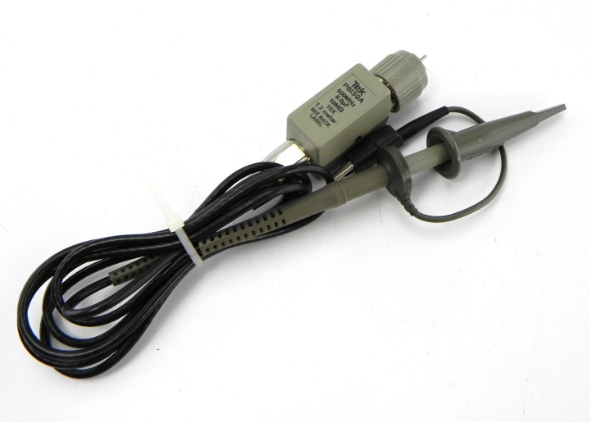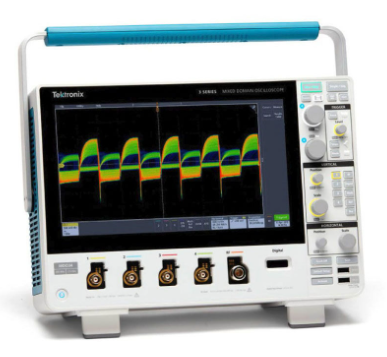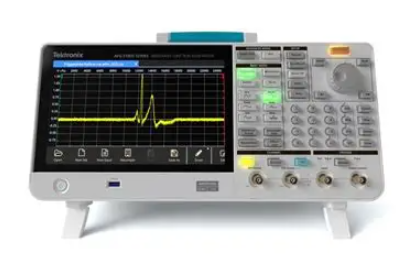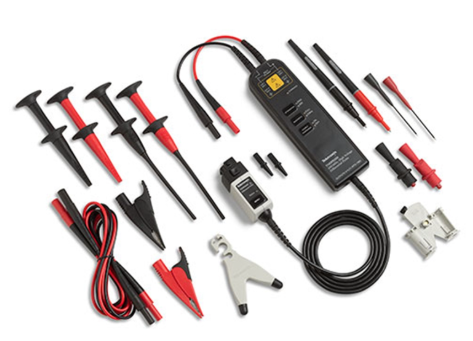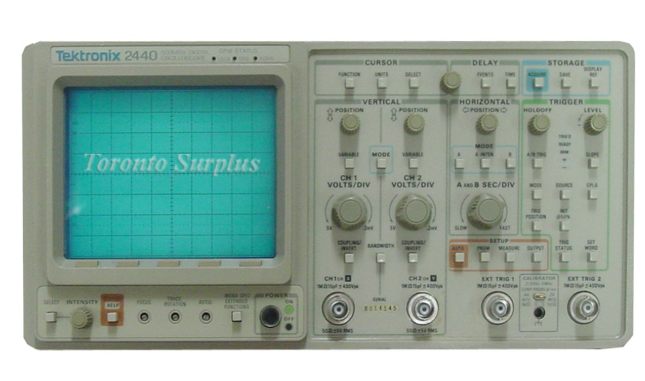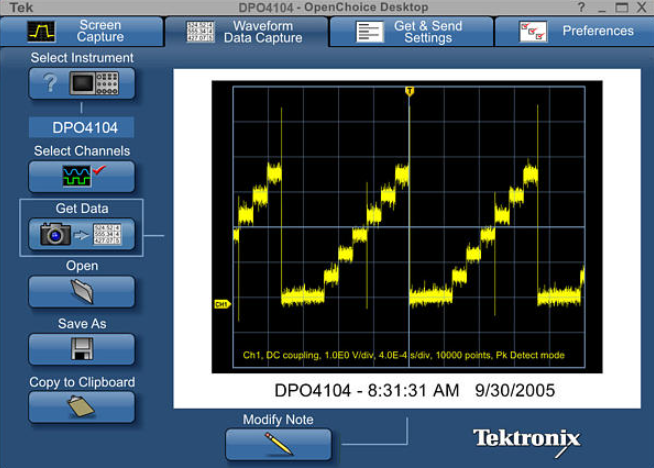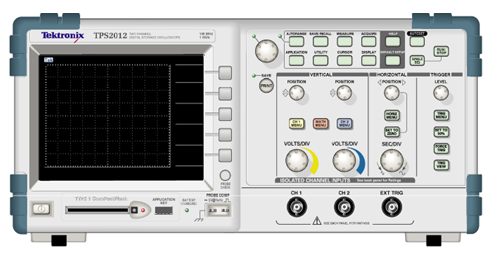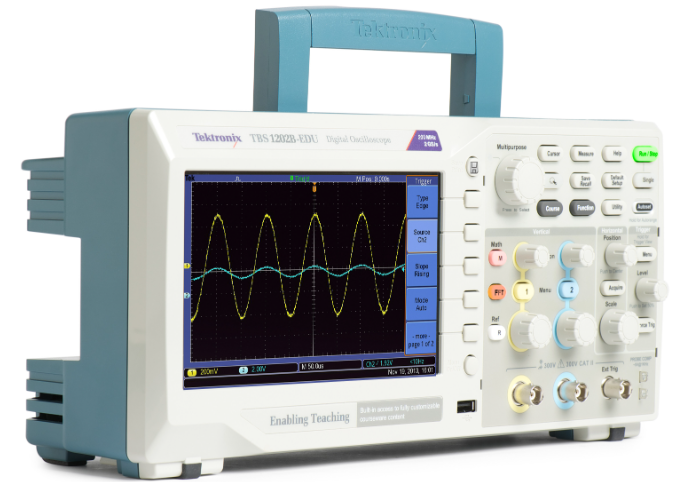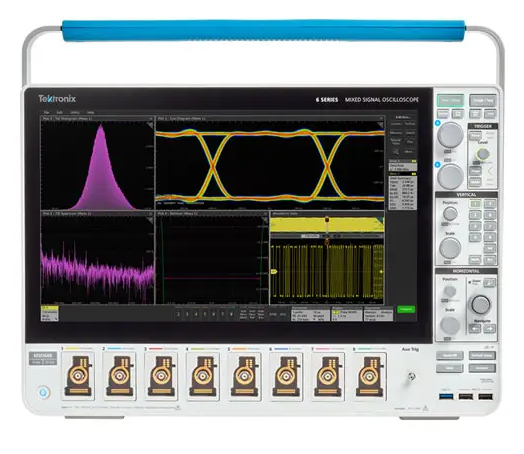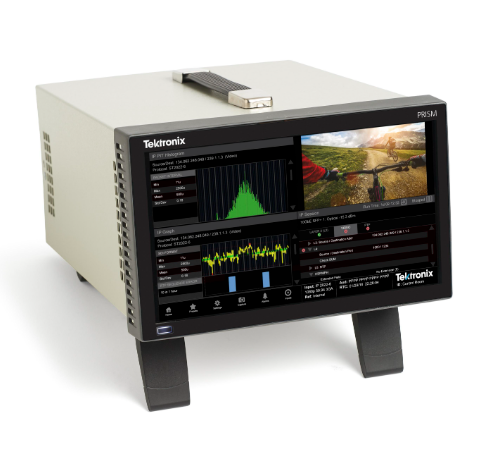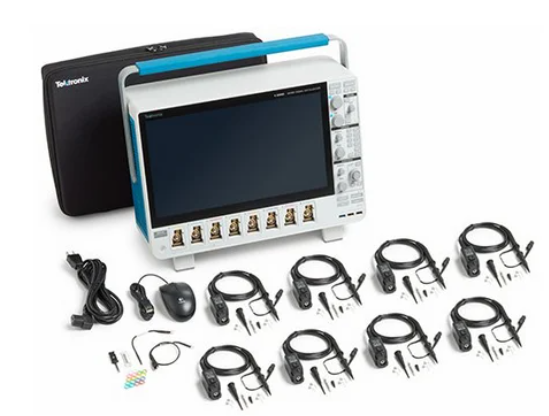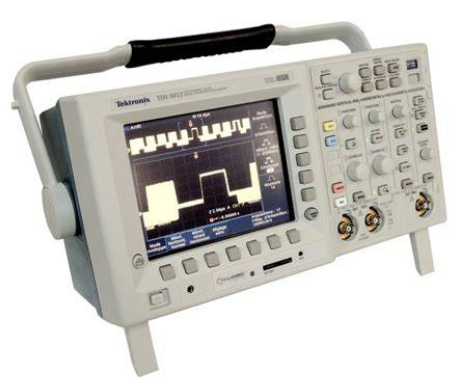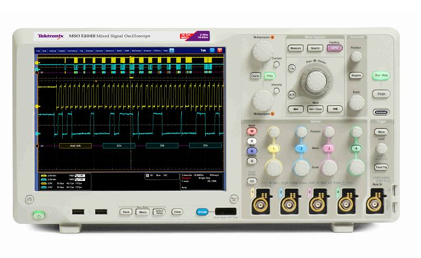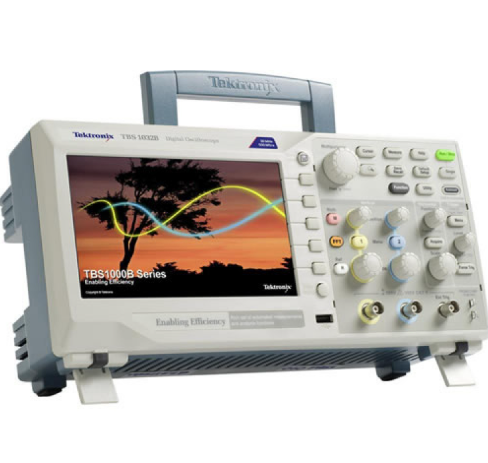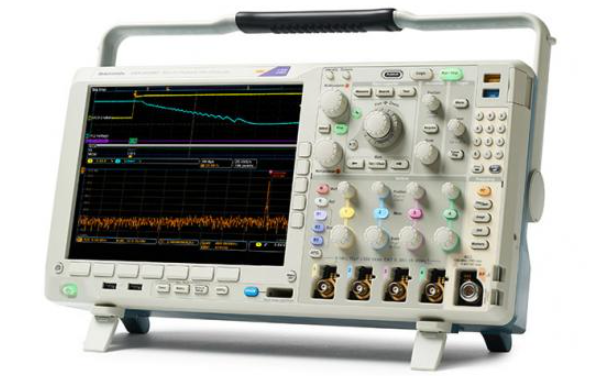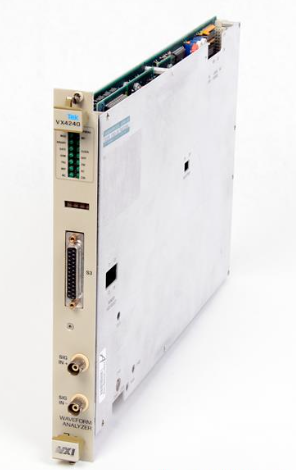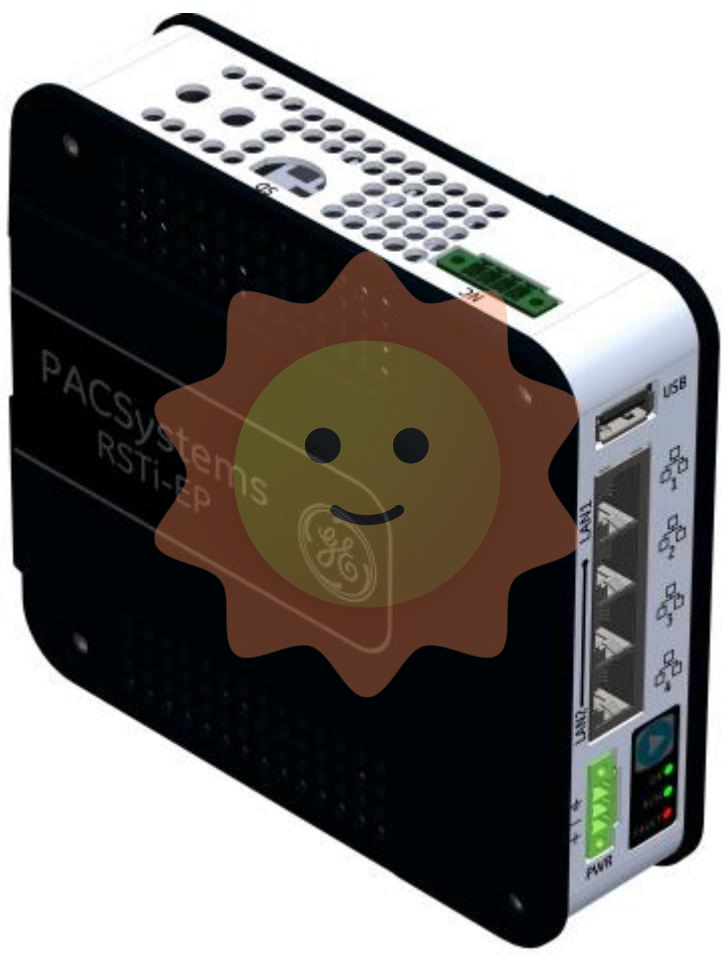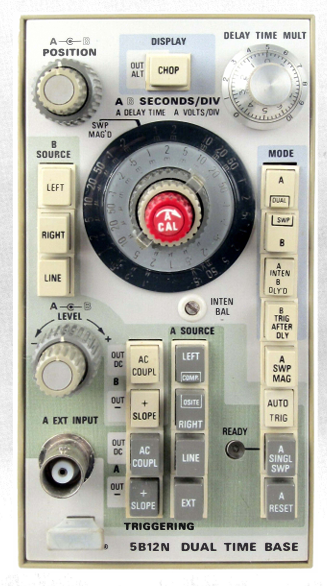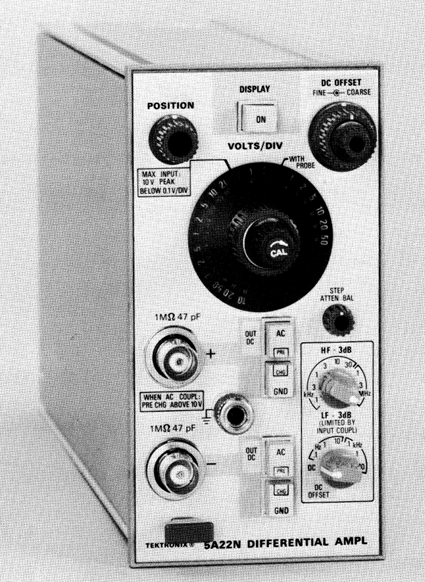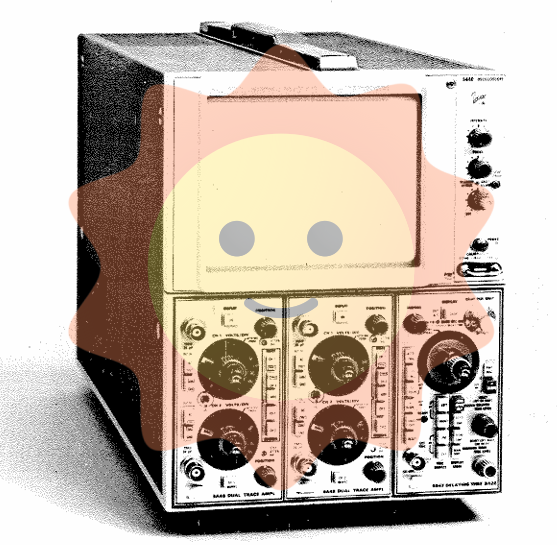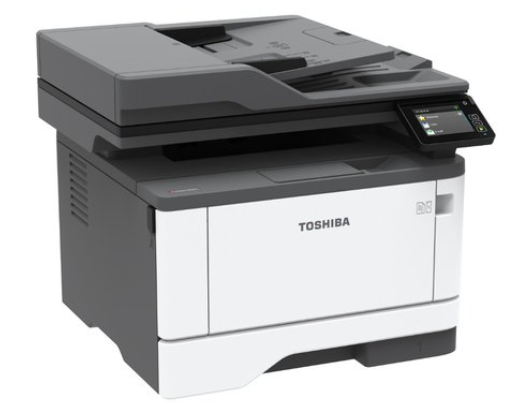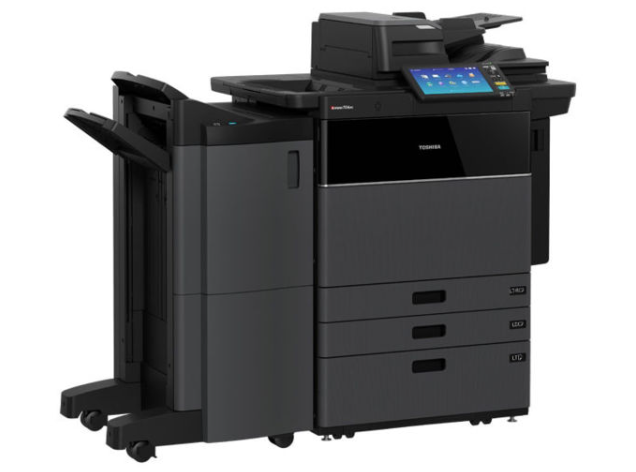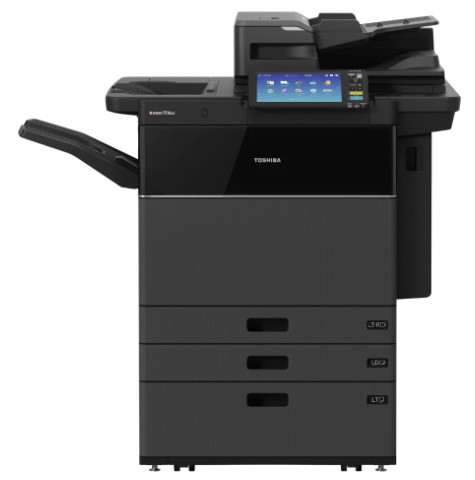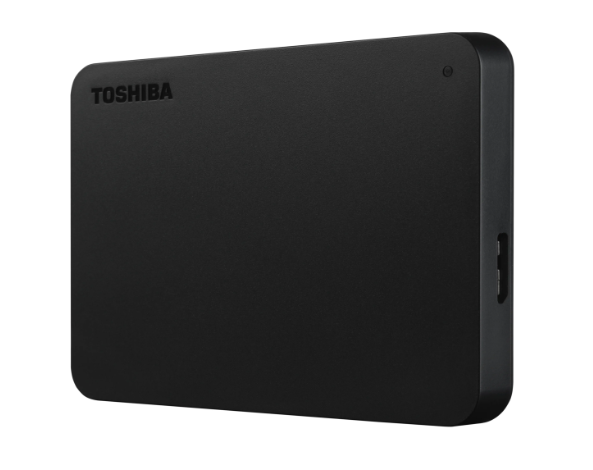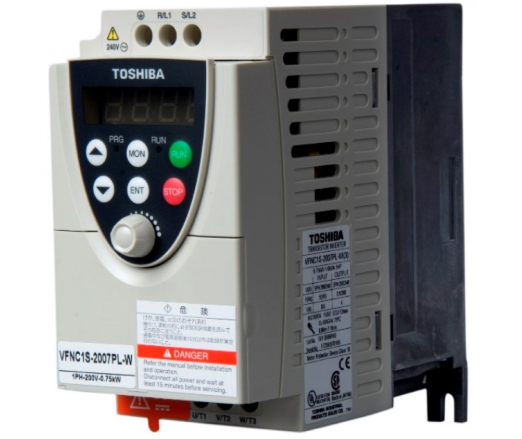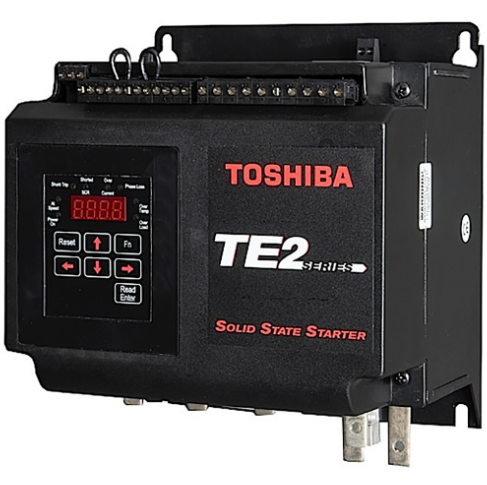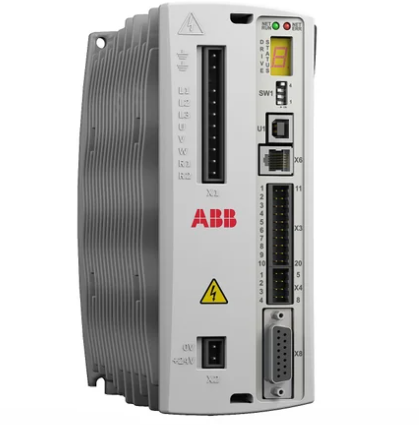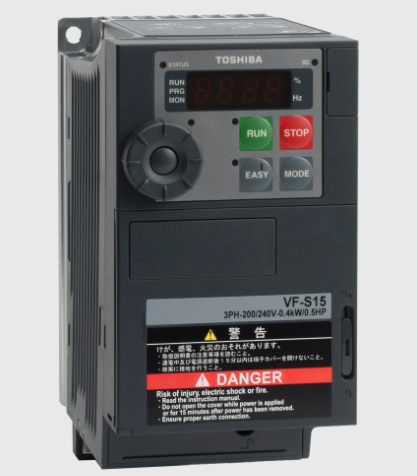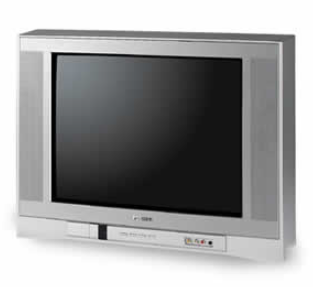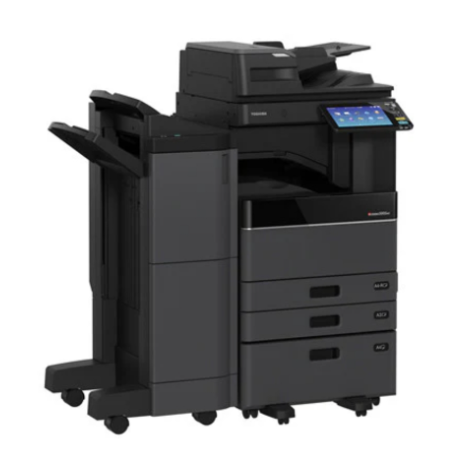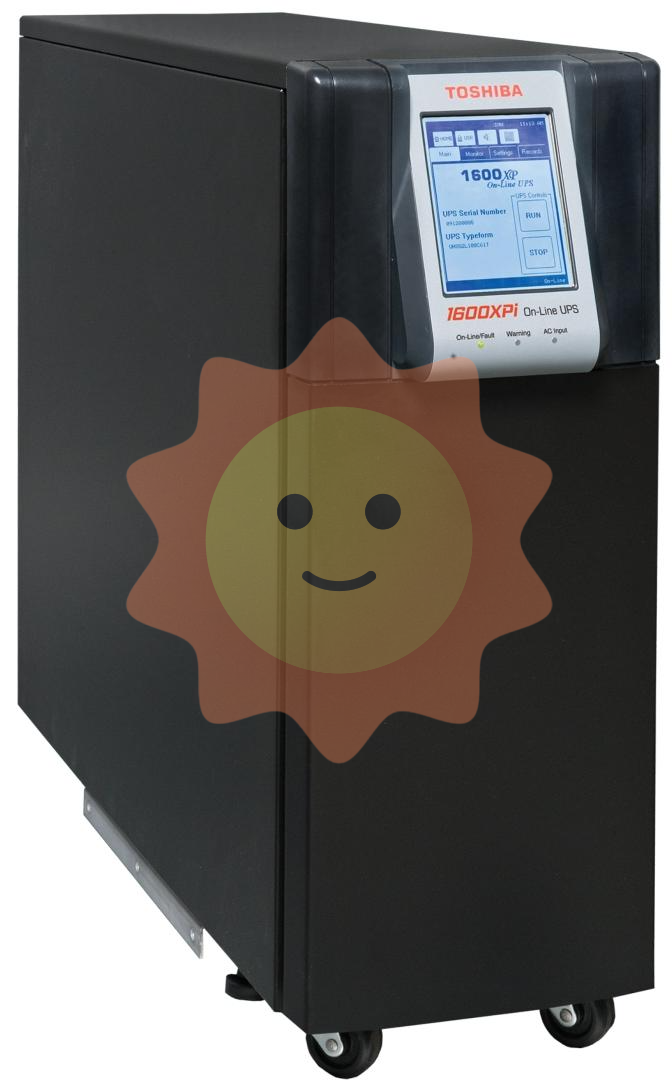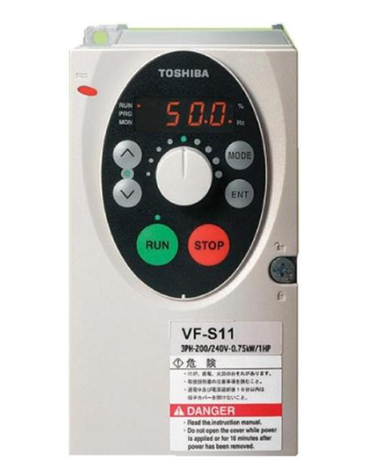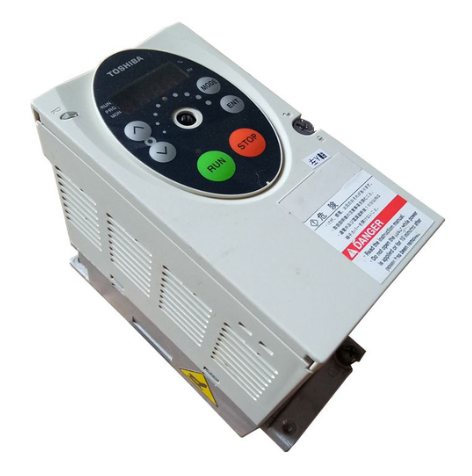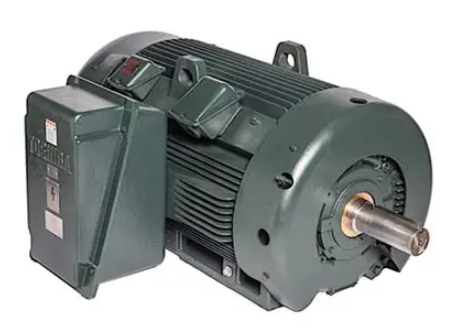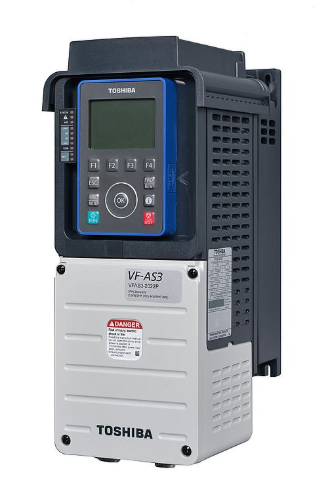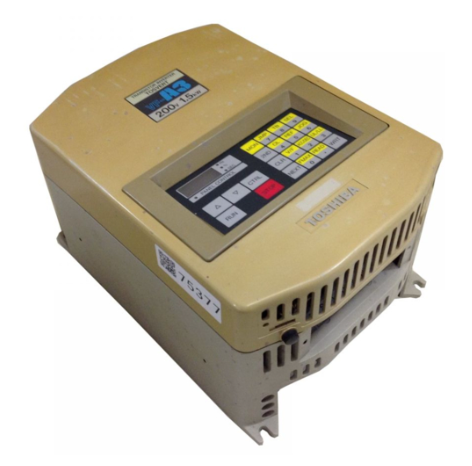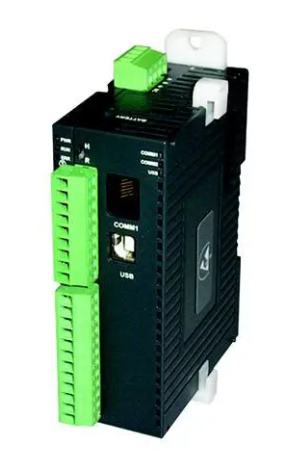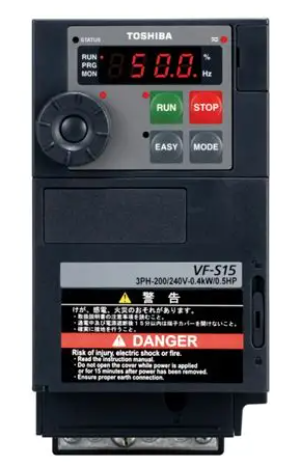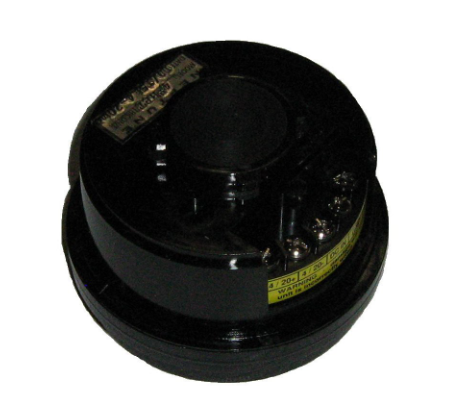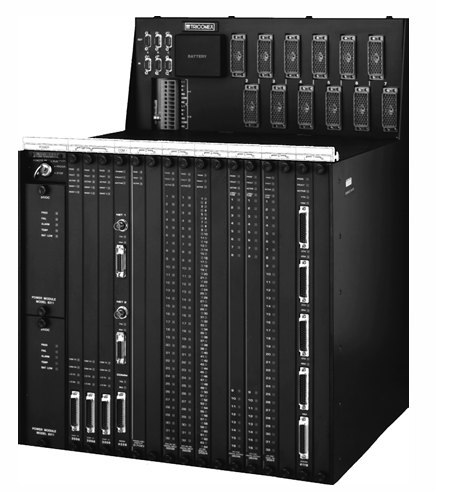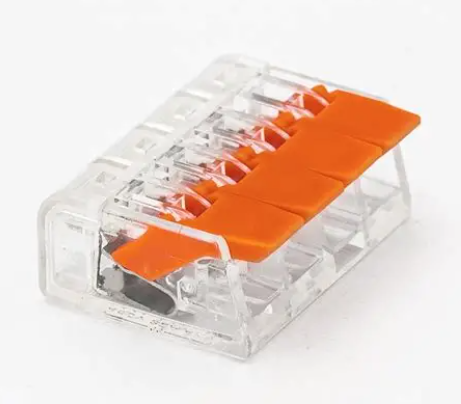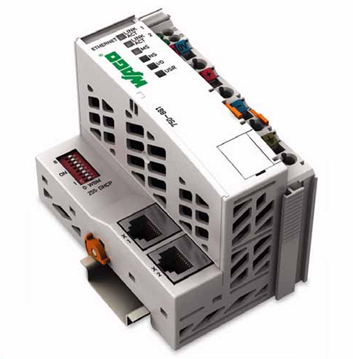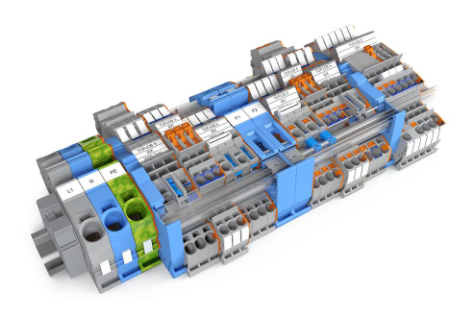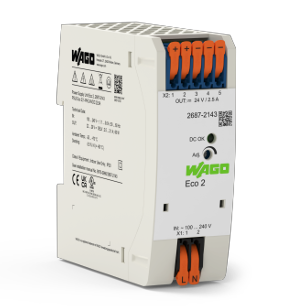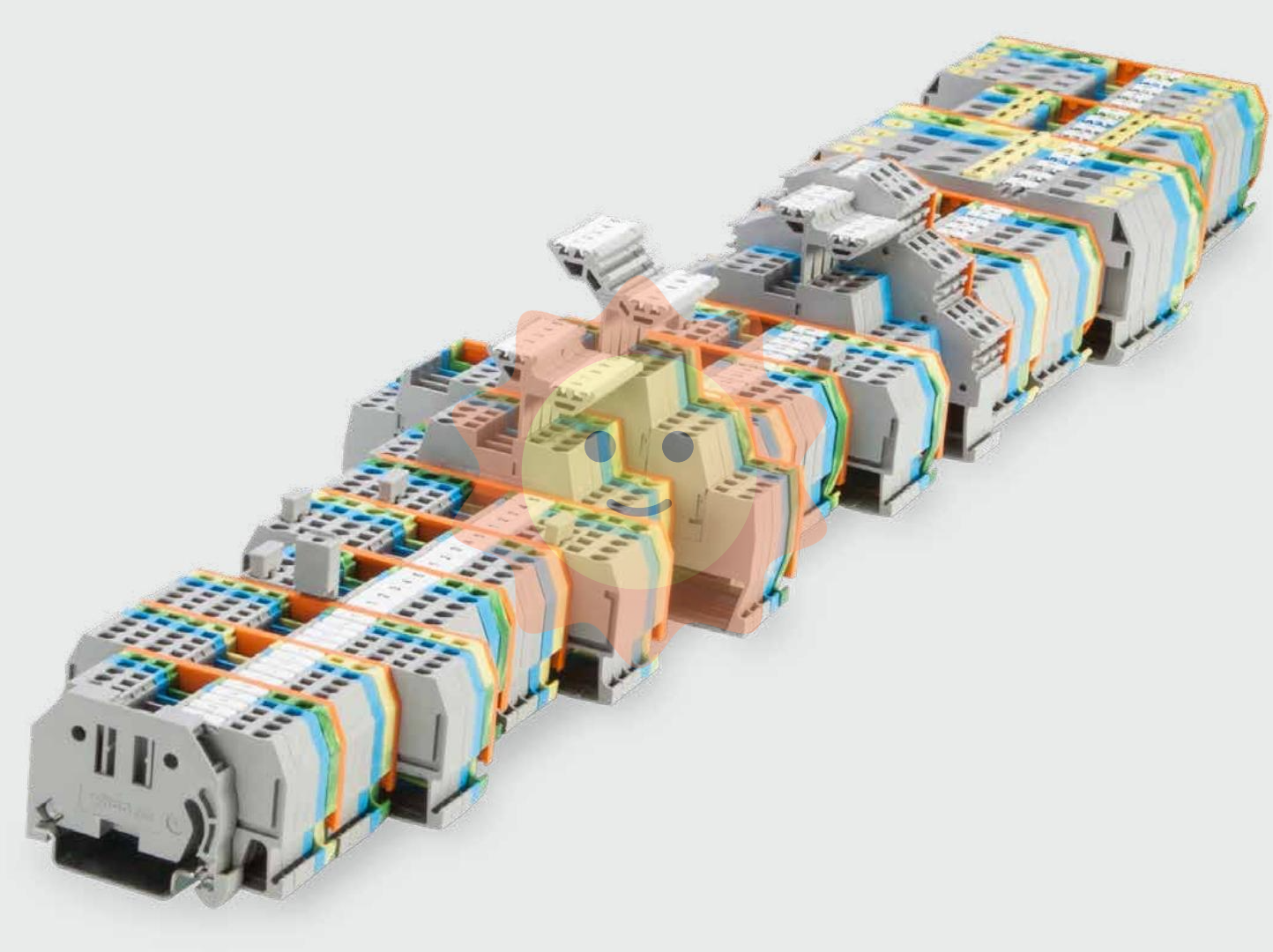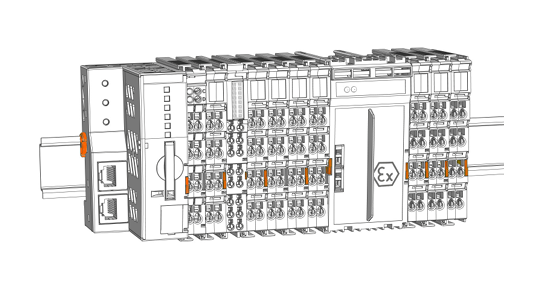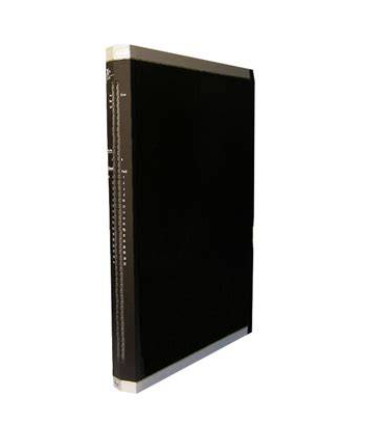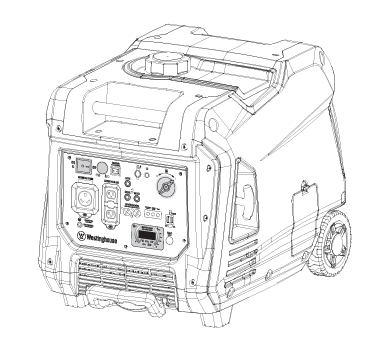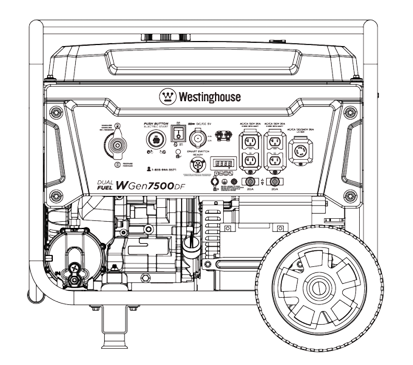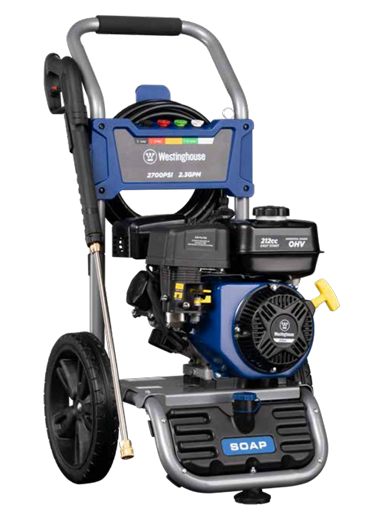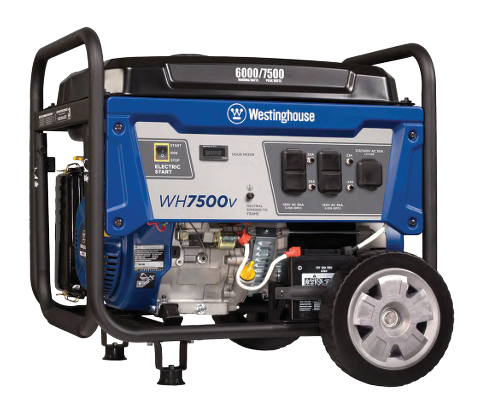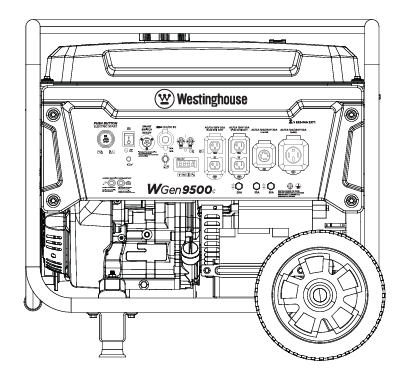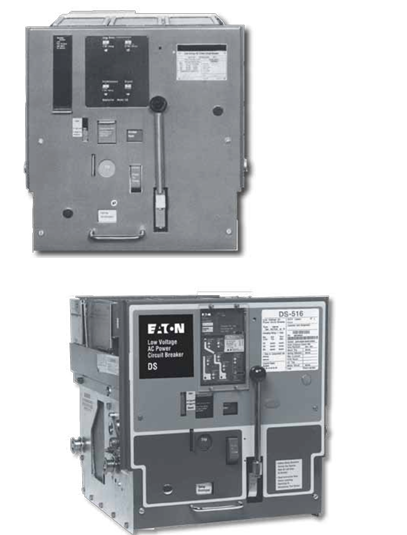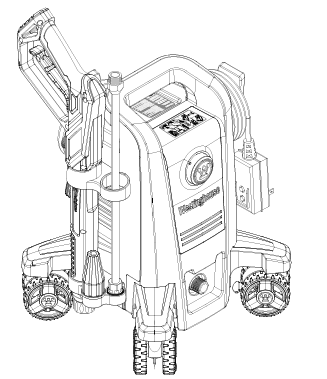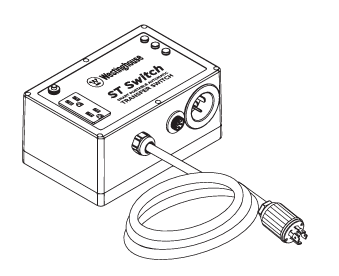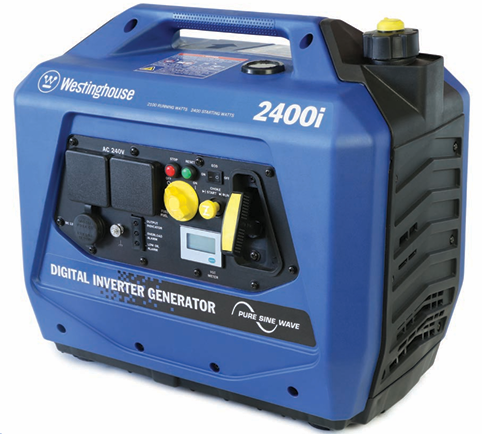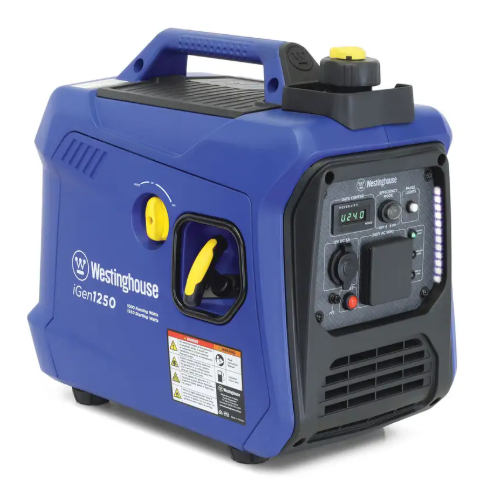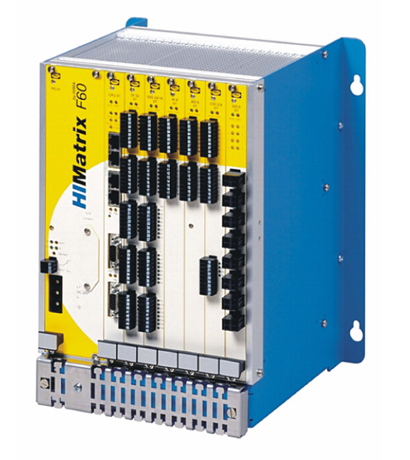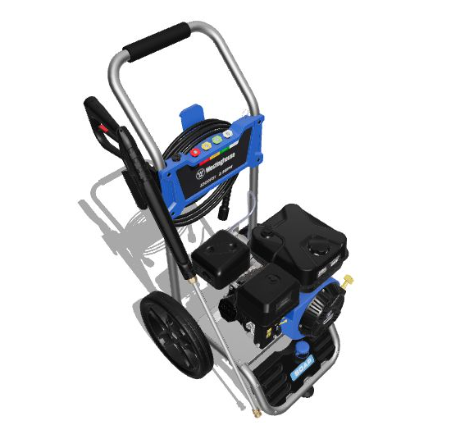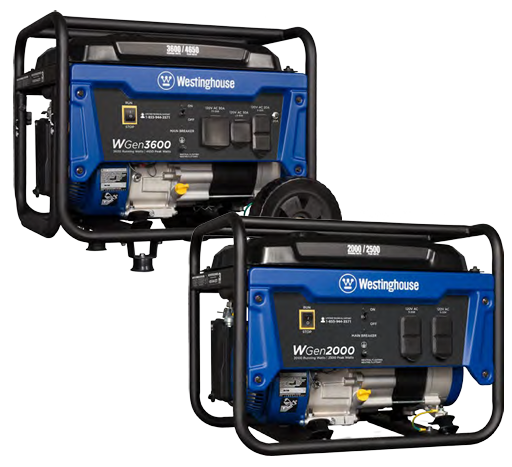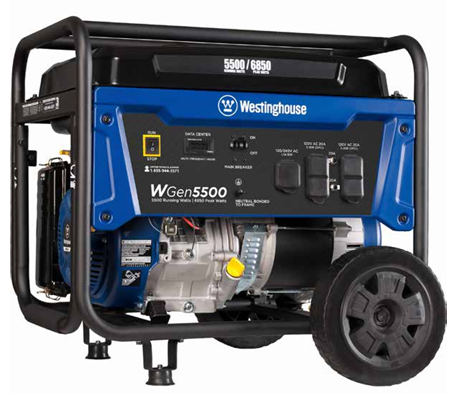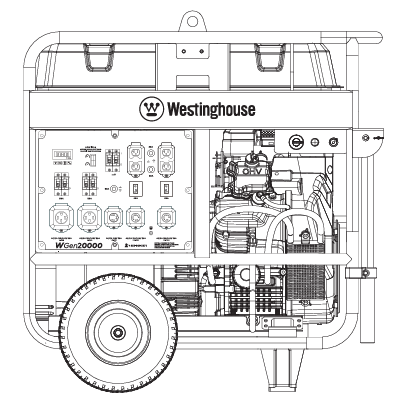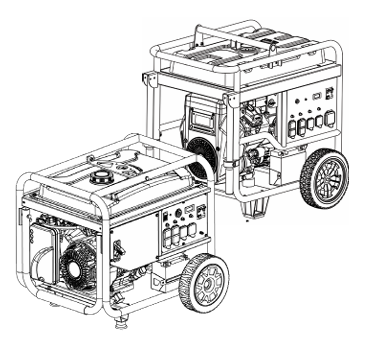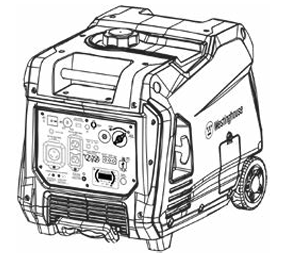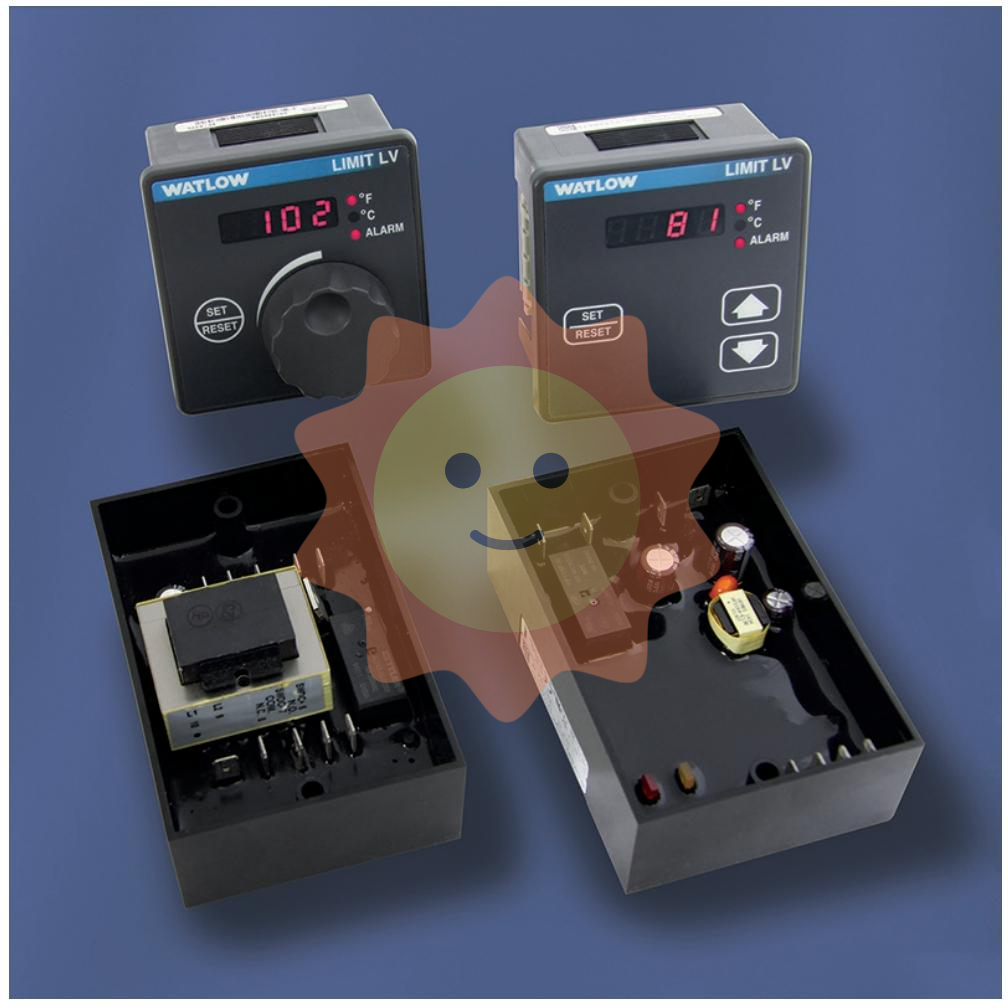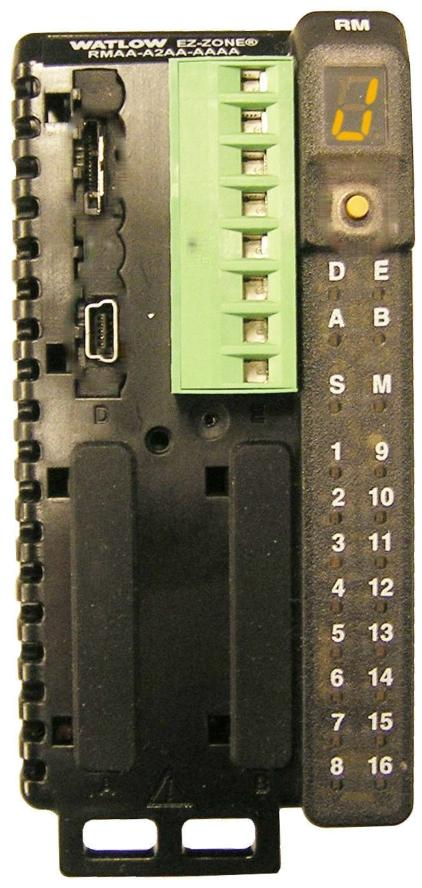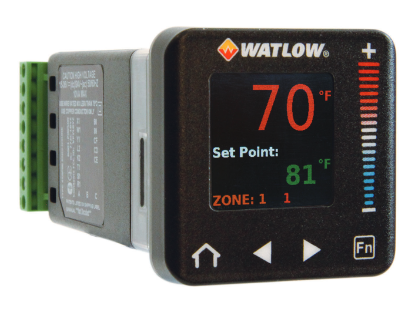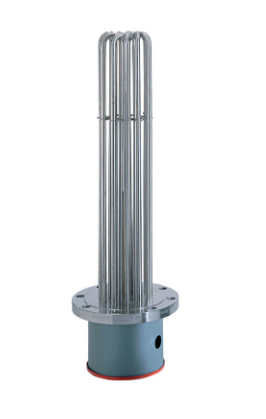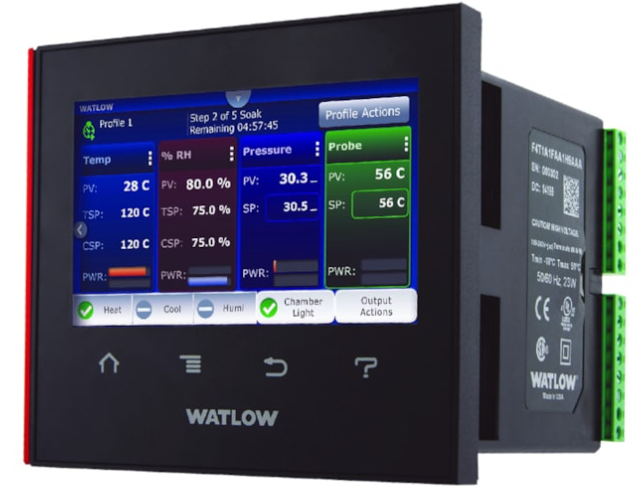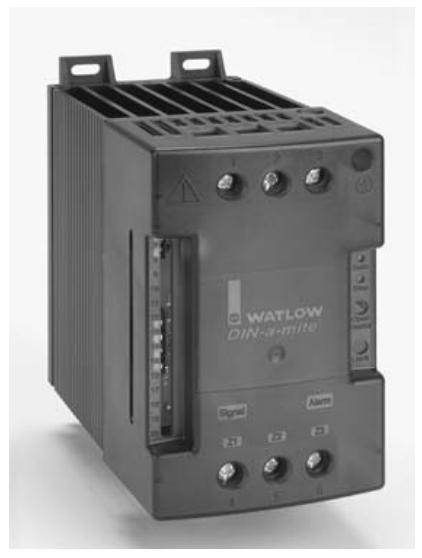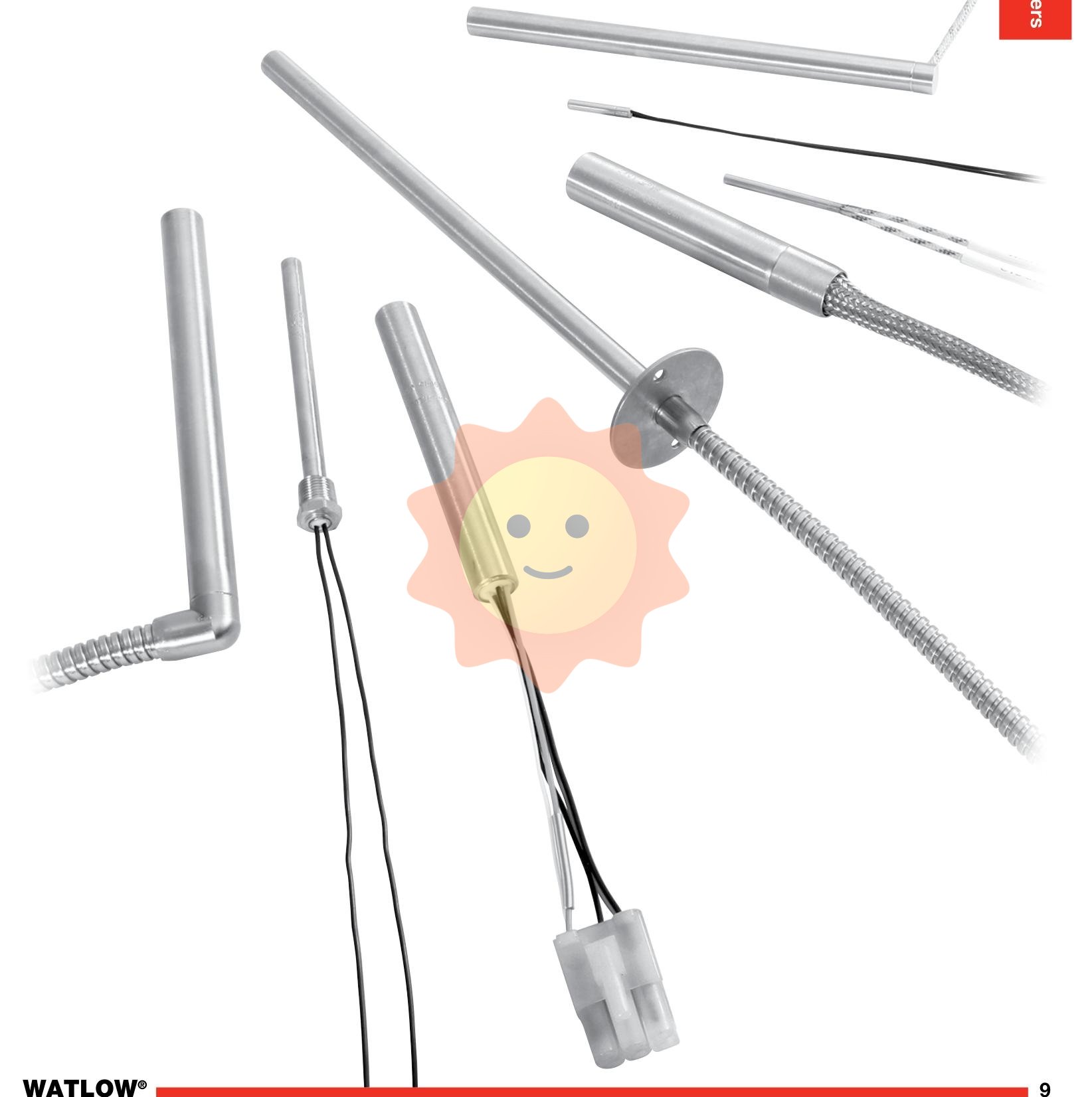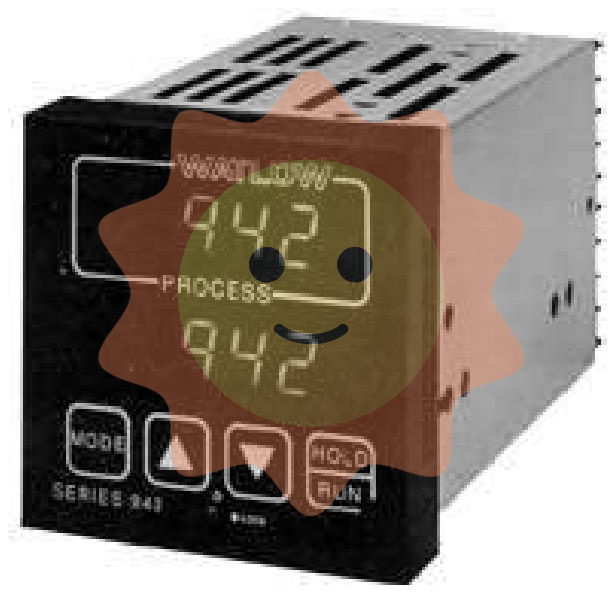ABB NTHS03 Hydraulic Servo Termination Unit
Basic Information
Model and name: ABB NTHS03 Hydraulic Servo Termination Unit, ‘NTHS03’ is the model number of the product, this is a hydraulic servo terminal unit, in the hydraulic servo system plays a key role in the control and connection.
Belongs to the series: belongs to the ABB industrial automation control equipment series, in this series there are other types of terminal units, controllers, drives and other equipment, which cooperate with each other to form a complete industrial automation control system, especially in the system involving hydraulic servo control plays an important role.
Application Scenario Related: It is mainly used in industrial fields that require high-precision hydraulic control, such as steel rolling equipment in the metallurgical industry, injection moulding equipment in the plastic injection moulding machine industry, and hydraulic excavators in construction machinery. In these scenarios, the hydraulic servo system is used to accurately control the position, speed or force of the actuator, and the NTHS03 terminal unit serves as a key part of the control link to achieve effective management of the hydraulic servo system.
Functional Features
Hydraulic servo control functions
Precise position control: The actuator in the hydraulic servo system can be precisely controlled in position. By receiving the position command signal from the controller and comparing it with the actual position feedback signal, the hydraulic flow and pressure are precisely adjusted using advanced control algorithms (e.g., proportional-integral-derivative, PID control) to achieve high-precision positioning of the actuator (e.g., the piston of a hydraulic cylinder). For example, during the mould closing process of an injection moulding machine, precise control of the template position ensures that the mould is closed with millimetre or even micrometre accuracy to ensure the quality of the product being moulded.
Speed control capability: In addition to position control, the speed of the actuator can also be effectively controlled. According to the demand of the system, adjust the flow of the hydraulic servo system, so that the actuator moves according to the set speed. In steel rolling equipment, control the rolling speed of the rolls so that they can be dynamically adjusted according to the thickness of the steel, material and other factors to ensure the stability of the rolling process and the consistency of product quality.
Force control function (possible): in some application scenarios, the terminal unit may have a force control function. It can adjust the pressure of the hydraulic system according to the force signal fed back from the sensor, so as to achieve precise control of the output force of the actuator. For example, in some equipment that requires precise control of the clamping force, such as fixtures in machining, the unit controls the hydraulic system to apply accurate clamping force to avoid damage to the workpiece due to excessive clamping force or loosening of the workpiece due to too little clamping force.
Signal processing and feedback functions
Signal conversion and conditioning: It can convert and condition the input control signals (e.g. digital or analogue signals from the controller of the upper computer) to make them meet the driving requirements of the hydraulic servo system. At the same time, the sensor feedback signals in the hydraulic system (such as position sensors, pressure sensors, flow sensors feedback signals) for amplification, filtering and other processing to improve the quality and reliability of the signal. For example, the weak analogue voltage signal from the controller is converted into a current signal suitable for hydraulic proportional valve drive, and the position sensor feedback signal with noise filtering, to get more accurate position information.
Feedback closed-loop control: build a feedback closed-loop control system, the actual position, speed or force of the actuator and other information real-time feedback to the control unit. By comparing the feedback signal with the input target signal, the output of the hydraulic servo system is continuously adjusted to reduce the error and achieve precise control. This closed-loop control mechanism enables the system to automatically compensate for the effects of external disturbances (e.g. load changes, oil temperature changes, etc.) on the control performance, ensuring system stability and accuracy.
Communication function
Internal communication support: communicate with other modules within the system (e.g. hydraulic pump controller, sensor interface module, other terminal units, etc.) to achieve data sharing and cooperative work. For example, communicating with the hydraulic pump controller to obtain the working status information of the hydraulic pump, and at the same time sending hydraulic servo control commands to the hydraulic pump controller to adjust the output flow and pressure of the hydraulic pump to meet the system requirements.
External Communication Capability: Equipped with external communication interface, it can communicate with the upper computer system (such as industrial control computer, PLC - Programmable Logic Controller, SCADA system - Supervisory Control and Data Acquisition System). Through external communication, it receives control commands (e.g. set position, speed, force and other target parameters) sent by the host computer and uploads hydraulic servo system operation status data (e.g. actual position, speed, pressure, fault information, etc.) to the host computer. Supports a variety of communication protocols, such as Ethernet, Profibus, Modbus, etc., to adapt to different industrial communication environments.
Diagnosis and protection function
Self-diagnostic function: It can diagnose its own hardware (such as circuit boards, interface circuits, etc.) and software (such as control programme, communication programme, etc.). When detecting its own faults (such as circuit short circuit, program abnormality, etc.), it can send out an alarm signal in time, and can send the fault information to the host computer system or other monitoring equipment through the communication interface. For example, when it detects that the temperature of the internal circuit is too high or the communication interface communication error, it will automatically issue a fault alarm to remind the maintenance personnel to carry out maintenance.
System protection function: Provides protection measures for the hydraulic servo system. It can monitor whether the key parameters of the hydraulic system (such as pressure, temperature, flow, etc.) are out of the normal range, and take timely protective measures, such as cutting off the power supply of the hydraulic system and closing the hydraulic valves, to prevent damage to the system when there are abnormalities (such as high pressure that may lead to rupture of the pipeline or high temperature that affects the performance of the hydraulic oil, etc.). At the same time, you can also limit the range of motion of the actuator to avoid damage to the equipment due to over-travel.
Basic Information
Model and name: ABB NTHS03 Hydraulic Servo Termination Unit, ‘NTHS03’ is the model number of the product, this is a hydraulic servo terminal unit, in the hydraulic servo system plays a key role in the control and connection.
Belongs to the series: belongs to the ABB industrial automation control equipment series, in this series there are other types of terminal units, controllers, drives and other equipment, which cooperate with each other to form a complete industrial automation control system, especially in the system involving hydraulic servo control plays an important role.
Application Scenario Related: It is mainly used in industrial fields that require high-precision hydraulic control, such as steel rolling equipment in the metallurgical industry, injection moulding equipment in the plastic injection moulding machine industry, and hydraulic excavators in construction machinery. In these scenarios, the hydraulic servo system is used to accurately control the position, speed or force of the actuator, and the NTHS03 terminal unit serves as a key part of the control link to achieve effective management of the hydraulic servo system.
Functional Features
Hydraulic servo control functions
Precise position control: The actuator in the hydraulic servo system can be precisely controlled in position. By receiving the position command signal from the controller and comparing it with the actual position feedback signal, the hydraulic flow and pressure are precisely adjusted using advanced control algorithms (e.g., proportional-integral-derivative, PID control) to achieve high-precision positioning of the actuator (e.g., the piston of a hydraulic cylinder). For example, during the mould closing process of an injection moulding machine, precise control of the template position ensures that the mould is closed with millimetre or even micrometre accuracy to ensure the quality of the product being moulded.
Speed control capability: In addition to position control, the speed of the actuator can also be effectively controlled. According to the demand of the system, adjust the flow of the hydraulic servo system, so that the actuator moves according to the set speed. In steel rolling equipment, control the rolling speed of the rolls so that they can be dynamically adjusted according to the thickness of the steel, material and other factors to ensure the stability of the rolling process and the consistency of product quality.
Force control function (possible): in some application scenarios, the terminal unit may have a force control function. It can adjust the pressure of the hydraulic system according to the force signal fed back from the sensor, so as to achieve precise control of the output force of the actuator. For example, in some equipment that requires precise control of the clamping force, such as fixtures in machining, the unit controls the hydraulic system to apply accurate clamping force to avoid damage to the workpiece due to excessive clamping force or loosening of the workpiece due to too little clamping force.
Signal processing and feedback functions
Signal conversion and conditioning: It can convert and condition the input control signals (e.g. digital or analogue signals from the controller of the upper computer) to make them meet the driving requirements of the hydraulic servo system. At the same time, the sensor feedback signals in the hydraulic system (such as position sensors, pressure sensors, flow sensors feedback signals) for amplification, filtering and other processing to improve the quality and reliability of the signal. For example, the weak analogue voltage signal from the controller is converted into a current signal suitable for hydraulic proportional valve drive, and the position sensor feedback signal with noise filtering, to get more accurate position information.
Feedback closed-loop control: build a feedback closed-loop control system, the actual position, speed or force of the actuator and other information real-time feedback to the control unit. By comparing the feedback signal with the input target signal, the output of the hydraulic servo system is continuously adjusted to reduce the error and achieve precise control. This closed-loop control mechanism enables the system to automatically compensate for the effects of external disturbances (e.g. load changes, oil temperature changes, etc.) on the control performance, ensuring system stability and accuracy.
Communication function
Internal communication support: communicate with other modules within the system (e.g. hydraulic pump controller, sensor interface module, other terminal units, etc.) to achieve data sharing and cooperative work. For example, communicating with the hydraulic pump controller to obtain the working status information of the hydraulic pump, and at the same time sending hydraulic servo control commands to the hydraulic pump controller to adjust the output flow and pressure of the hydraulic pump to meet the system requirements.
External Communication Capability: Equipped with external communication interface, it can communicate with the upper computer system (such as industrial control computer, PLC - Programmable Logic Controller, SCADA system - Supervisory Control and Data Acquisition System). Through external communication, it receives control commands (e.g. set position, speed, force and other target parameters) sent by the host computer and uploads hydraulic servo system operation status data (e.g. actual position, speed, pressure, fault information, etc.) to the host computer. Supports a variety of communication protocols, such as Ethernet, Profibus, Modbus, etc., to adapt to different industrial communication environments.

- User name Member Level Quantity Specification Purchase Date
- Satisfaction :
-









Email:wang@kongjiangauto.com

